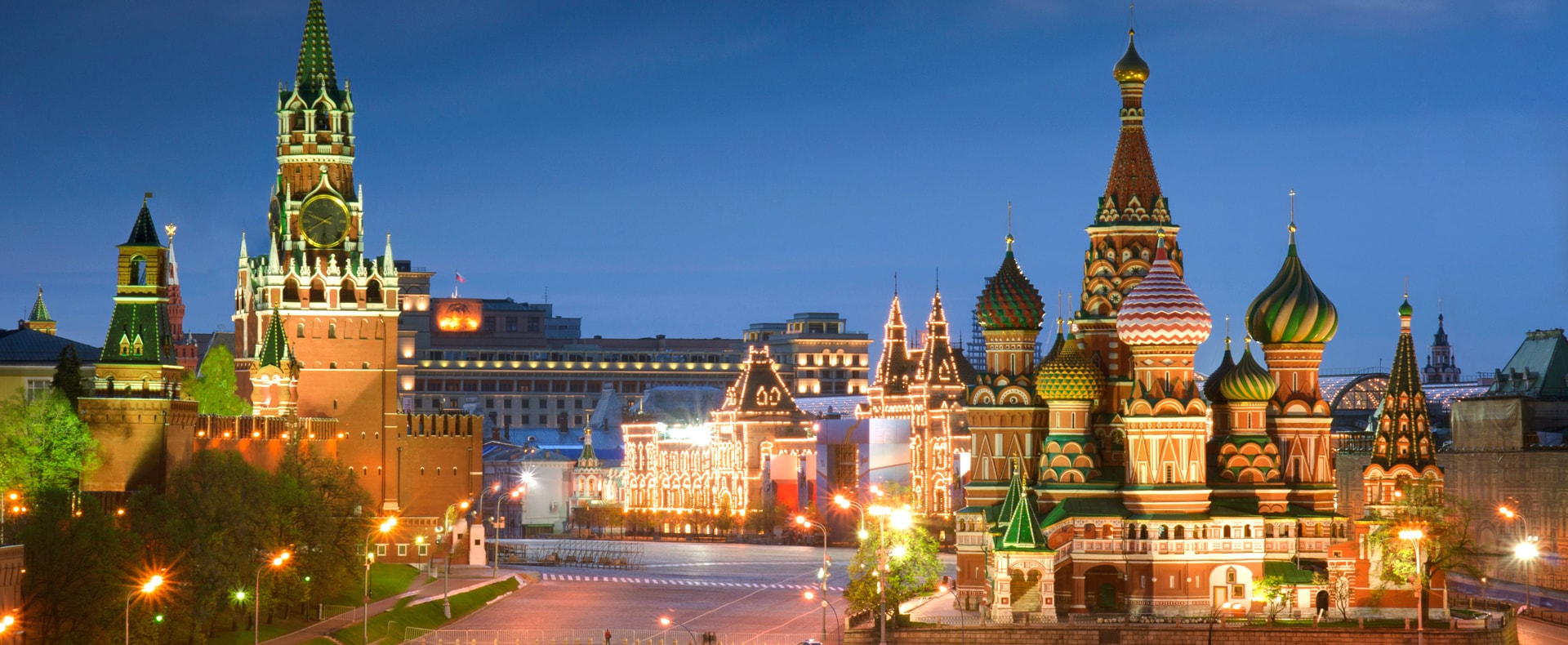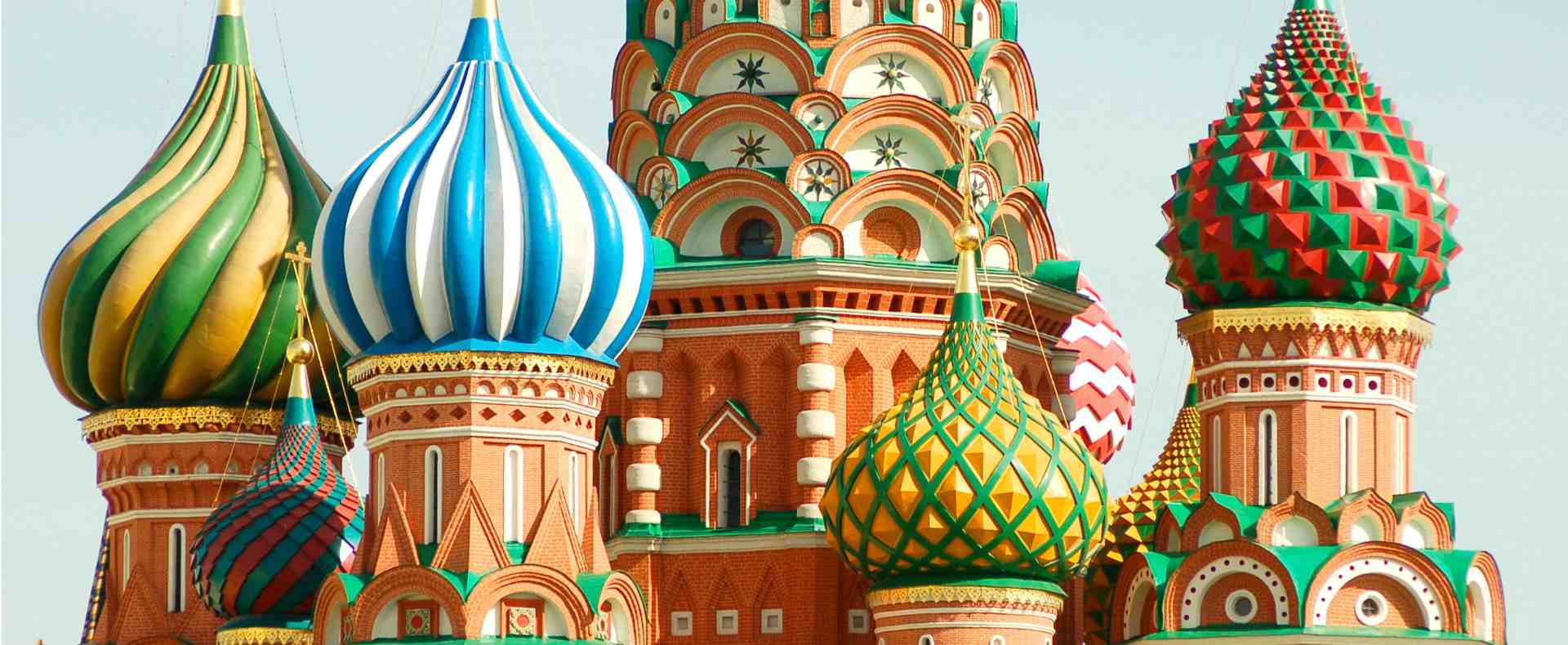Why Visit St. Basil’s Cathedral
St. Basil’s Cathedral is Moscow’s most famous artistic work of architecture. Also called "Pokrovsky Cathedral" or "The Cathedral of Intercession of the Virgin by the Moat", it is the most recognizable Russian building. This Cathedral means to Russians the same as the Eiffel Tower to the French, being an honorable symbol of their past, present, and future.
History & Facts
The cathedral stands on the Red Square, facing the Ivory Gate Chapel. The St. Basil's Cathedral history started in 1555 by the order of Ivan IV ("Ivan the Terrible") in celebration of the defeat of Kazan, the last remaining grip of the Mongol Empire on European lands.
Historians claim that Ivan the Terrible blinded the St. Basil's Cathedral architect right after the construction was finished to prevent him from building another cathedral as magnificent as that. Originally its sides were wooden but during the reign of Catherine II the Great the walls were reconstructed in the same stone seen today and covered in swirling colors and designs.
When the Bolsheviks came to power the Cathedral was closed, the bells melted, and its arch-priest killed. In spite of the troubles that always seemed to surround it, St. Basil’s has remained the symbol of the Russian Orthodox Church, spirituality, and patriotism.
Another time the Cathedral fell under threat was when Stalin decided that it was an obstacle to his military parades. The demolition plan was prepared but the architect threatened that if the Cathedral was ruined, he would cut his throat on its steps.
Miraculously, Stalin changed his mind, and the brave architect Piotr Baranovsky was granted a couple of years in prison for saving St. Basil’s.
Today there are more than 400 icons painted between the 14th and 19th centuries by the most famous schools of Novgorod and Moscow hanging on the walls.




